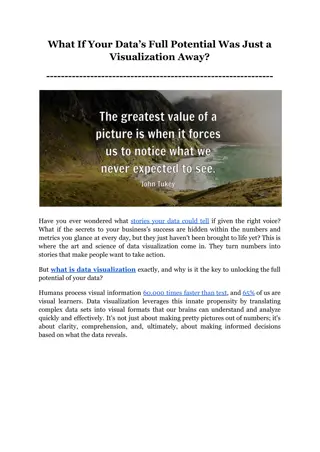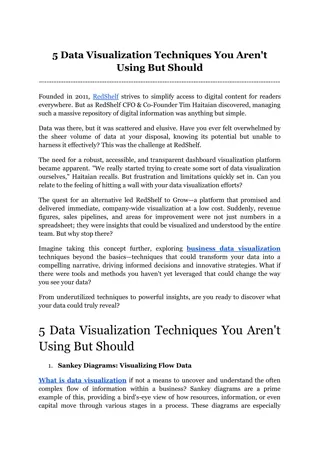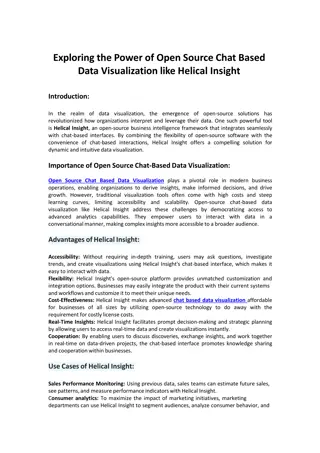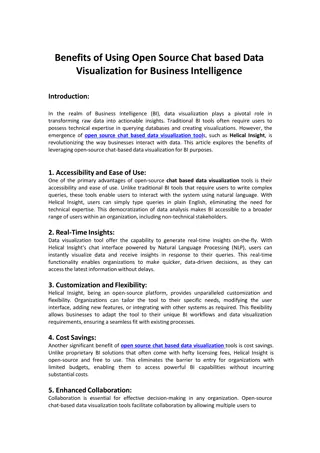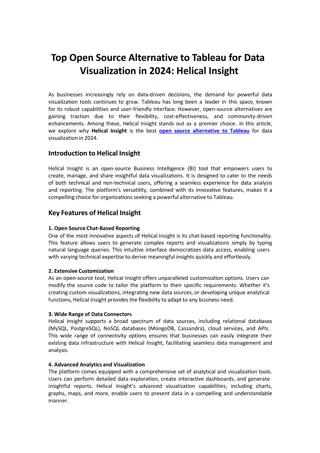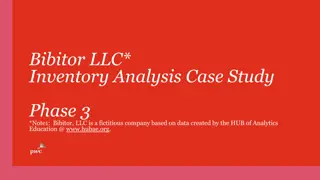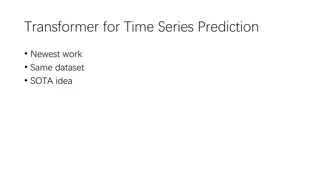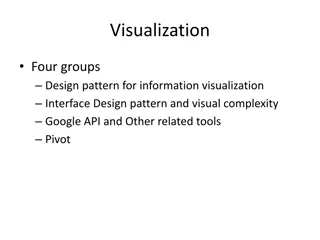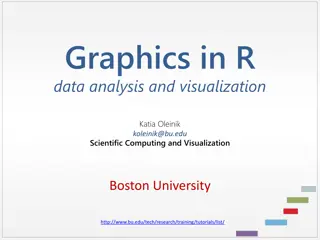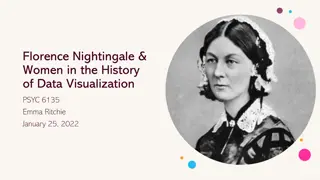Data Visualization Best Practices
Data visualization plays a crucial role in conveying complex information effectively. Understanding best practices for creating graphs, histograms, scatterplots, and bar charts is essential to ensure accurate representation of data. This content highlights key considerations such as statistical disclosure control methods, labeling, handling low counts, and transforming data to enhance privacy protection.
Download Presentation

Please find below an Image/Link to download the presentation.
The content on the website is provided AS IS for your information and personal use only. It may not be sold, licensed, or shared on other websites without obtaining consent from the author.If you encounter any issues during the download, it is possible that the publisher has removed the file from their server.
You are allowed to download the files provided on this website for personal or commercial use, subject to the condition that they are used lawfully. All files are the property of their respective owners.
The content on the website is provided AS IS for your information and personal use only. It may not be sold, licensed, or shared on other websites without obtaining consent from the author.
E N D
Presentation Transcript
Graphs Graphs are subject to the same Statistical Disclosure Control methods as statistical tables. As a minimum researchers should provide a table of the underlying frequencies and total counts, clear labels, and details about the data subjects. Potential issues with graphs would include low counts being presented on the tails of histograms, plots displaying individual observations, or maxima and minima being shown. Graphs should only be released from secure environments as fixed images such as png or jpeg.
Histograms What is the graph displaying? How many observations are in each bin? Histograms display the frequency distribution of a variable. The foremost SDC concern for histograms is that there are often low counts in the tails of the distribution. The maximum and minimum values may also be shown. In the example shown here, there would appear to be very few observations with a value below 10, or above 40. This could potentially be disclosive. The example also lacks labels, and so it would be very difficult for anyone to judge if the graph is safe.
Scatterplots Scatterplots could be problematic as often it will be individuals that are displayed. Units of Alcohol Consumed By Age 35 30 Units Consumed Weekly 25 20 In this example, it is easy to identify individual observations. We can that there is a 10 year old who consumes around 4 units of alcohol a week. 15 10 5 0 0 5 10 15 20 25 30 35 Age Scatterplots can potentially be made safe by grouping observations into clusters or other transformations. Graph is easy to understand The points appear to be individual observations
Scatterplots Transformed In this example we have transformed the graph seen on the previous slide. Units of Alcohol Consumed By Age 15 Units Consumed Weekly - Deviation from 10 5 Rather than present the actual values, this example shows the deviation from the means for age and units consumed. Mean 0 -15 -10 -5 0 5 10 15 -5 -10 The means were calculated for male and female respondents separately. Even if the means were published, because we do not know the gender of the observations from the graph we would not be able to work back to identify anyone. -15 Age - Deviation from Mean Graph is easy to understand Can we work back to the untransformed data?
Bar Charts and Pie Charts Companyco Employee Ethnic Background (160 FT Staff) Are there a sufficient number of observations displayed? White Asian Black Mixed Ethnicity
Assessments for this module SDAP: Safe Analyst Training - Graphs Created by Cancer Research UK, DKFZ, and The Health Foundation for the Safe Data Access Professionals Working Group




